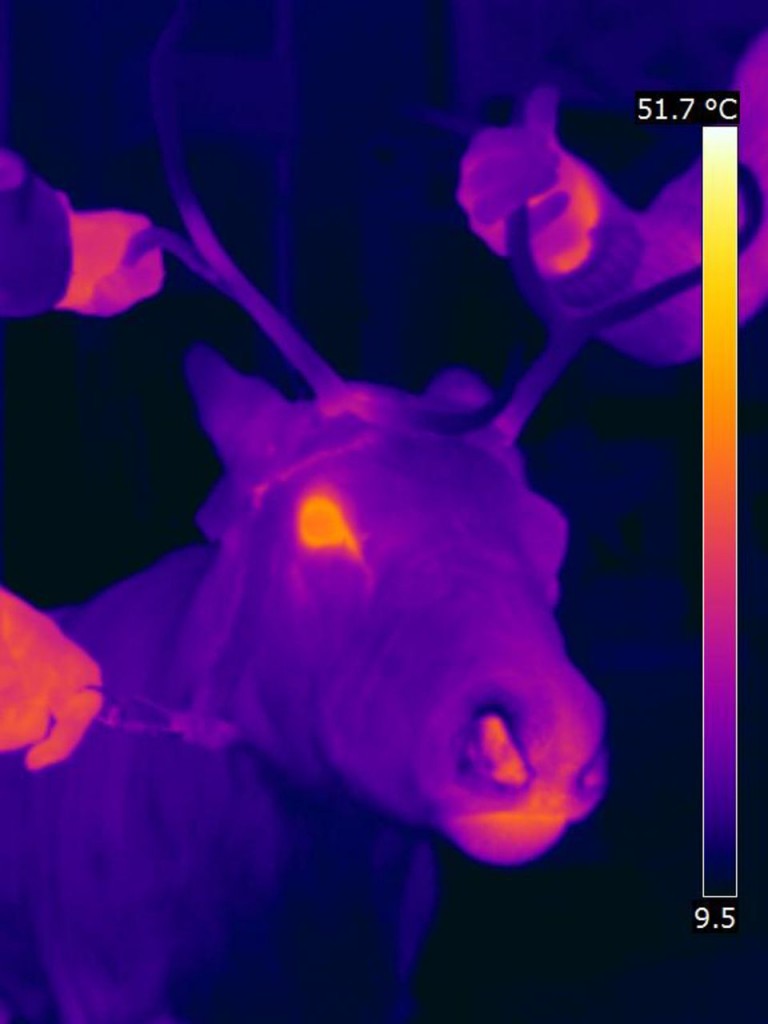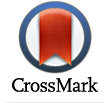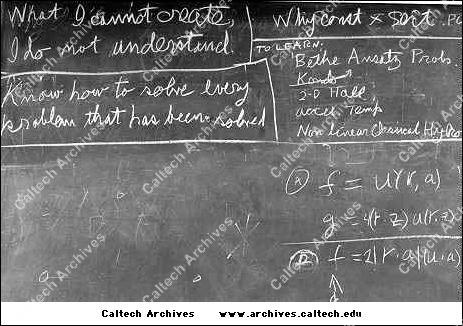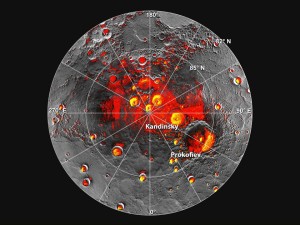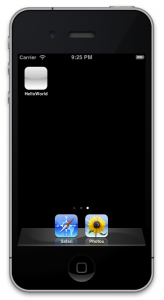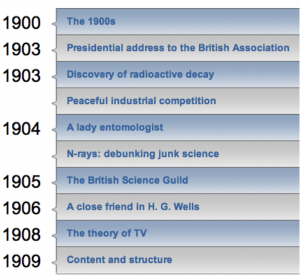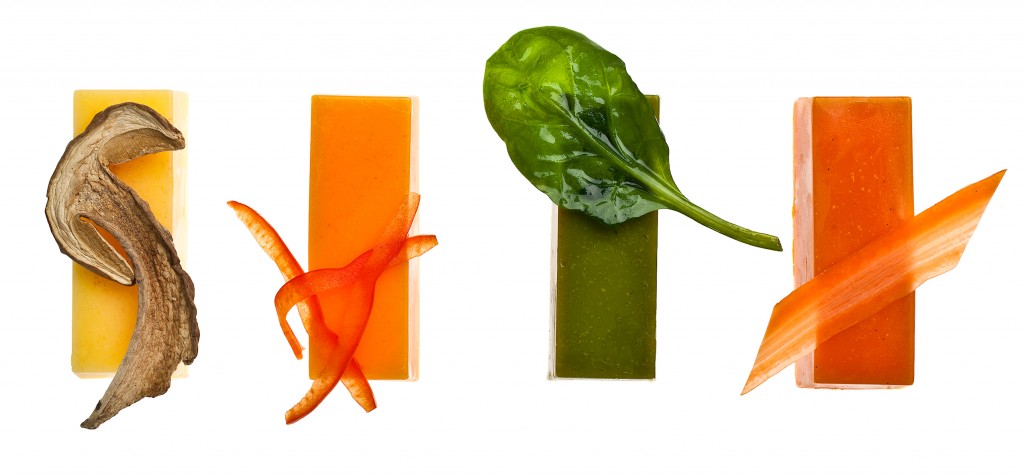 I hope that everyone enjoyed the holidays. Classes do not start until next week but for those of you with some time on your hands we do have Orientation sessions going on at Schulich Library, along with workshops on EndNote or Refworks citation management software. They are really worth your while (just saying).
I hope that everyone enjoyed the holidays. Classes do not start until next week but for those of you with some time on your hands we do have Orientation sessions going on at Schulich Library, along with workshops on EndNote or Refworks citation management software. They are really worth your while (just saying).
I outdid myself this year on the sheer number of resolutions but I did get one gift, Modernist Cuisine at Home, that may get me motivated to start cooking. The book is a follow-up to Modernist Cuisine: the Art and Science of Cooking, a whopping six-volume set with 2,400 pages, with a team of scientist and chef authors led by Dr. Nathan Myhrvold, the first chief technology officer at Microsoft and all-around genius. Co-author Maxime Bilet was at the Food Science 25th Anniversary Symposium at McGill in 2012.
I was drawn to Modernist Cuisine for the science and technology side to cooking but I fell in love with the images and the challenge of the recipes. The full set is not only hefty but it comes with quite a price tag so I was excited to see that they made an addition to the Modernist Cuisine family with a reasonably priced, although still quite weighty, volume. To decrease the number of takeout meals I eat in a week I hope to spend more time in the kitchen, exploring the gadgets I have collected over the years, with my new book in hand. Wish me luck.
If you’d like to take a look at the full Modernist Cuisine: the Art and Science of Cooking there is a copy at the Macdonald Campus Library. Request pickup at the McGill Library of your choice.
Happy New Year!
Image from Modernist Cuisine


